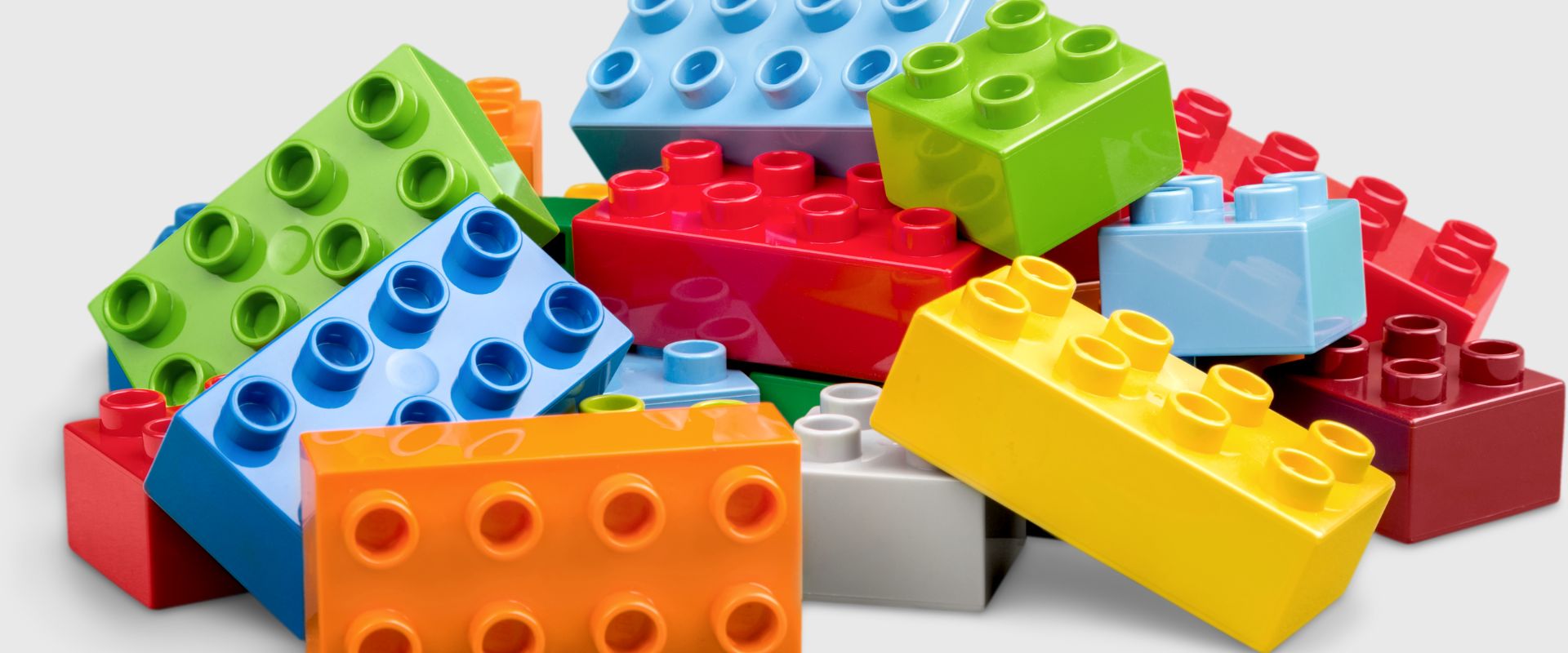The BricksForKids Club Visit
Last week, I found myself at a local BricksForKids Club after a birthday party invitation by one of my youngest son’s school buddies. On my way to the location, my mind had painted a vivid picture based on previous birthday parties: an indoor gathering of orderly tables filled with Lego sets, hushed whispers, and kids deeply engaged in their projects, later being served platters of macaroni, cheeseburgers, and chicken nuggets.
What actually unfolded was an unexpected blend of creative chaos: children gathered in an outdoor veranda bartering for unique Lego pieces, a competitive tower-building contest, and a room filled with laughter and lively chatter. As for the menu, it consisted of pepperoni and Margherita pizzas. The experience served as a sharp contrast to my initial expectations, underscoring the unpredictable, yet enriching nature of real-life events compared to our preconceived mental images.
Imagination and Memory: The Mind’s Cartographers
Your brain is much like this kids’ club: full of “bricks” or memories that you can assemble in countless ways to predict and imagine future events. Research shows that the faculties for imagining and remembering share brain regions. Just as you can use Lego bricks to construct endless structures, your mind utilizes past memories as the building blocks for your imagination in its attempt to map out the world, reduce its infinite complexity, and render it more comprehensible for navigation and action.
Before we delve into the practical implications of this cognitive interplay, let’s consider a few real-world examples. These cautionary tales demonstrate how our minds rely heavily on past experiences to shape our expectations and, often, our anxieties about the future.
Three Cautionary Tales
Job Appraisal Anxiety: Suppose you had a challenging appraisal meeting with your manager last year. Your mind might use that memory as a reference, filling your next meeting with anticipatory tension and dread.
Social Gatherings: If you once found yourself awkwardly alone at a party, your brain may project that same loneliness onto upcoming social events, persuading you to perhaps avoid them.
Public Speaking: Imagine you’ve experienced technical difficulties during a past presentation. That memory could make you overly cautious or even fearful about future public speaking engagements.
The Lesson: More Bricks, Better Structures
The richness and variety of our life experiences add more bricks to our mental construction set. The more we engage in learning opportunities and stimulating experiences, the more accurate the mental maps of our future imaginings will become. This can also help reduce anxiety, as our mental maps will be more accurate and based on a broader range of experiences, bypassing the mind’s inclination for cautionary narratives and negative stories.
Conclusion: Beyond the Known Bricks
As we build the structures of our future, let’s aim to collect a diverse set of bricks by stepping beyond our comfort zones. In doing so, we not only enrich our imagination but also our real-world experiences, allowing us to live fuller, more meaningful lives.
Practical Tips:
Diversify Your Experiences: Step out of your comfort zone to add new ‘bricks’ to your cognitive repertoire. Try a new hobby, meet new people, or read books outside your typical genre.
Mindful Reflection: Take time to reflect on your past experiences, positive or negative, and consciously consider how they shape your expectations and attitudes. This awareness can help you break free from unnecessary limitations.
Challenge Your Assumptions: When you catch yourself worrying or feeling anxious about a future event, question the memories or experiences that might be influencing this thinking. Is it a cautionary tale that needs revising?
P.S.
For deeper insights into the interplay of imagination and memory, as well as the link between creativity and structure, check out the second edition of my latest book, “The MARVEL of Happiness: Principles, Stories, and Lessons for Living Fully.”


